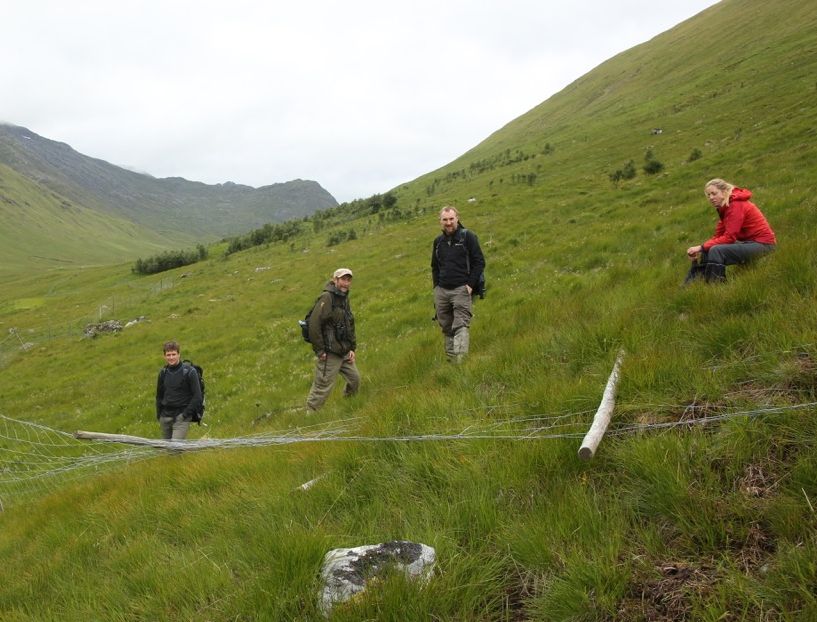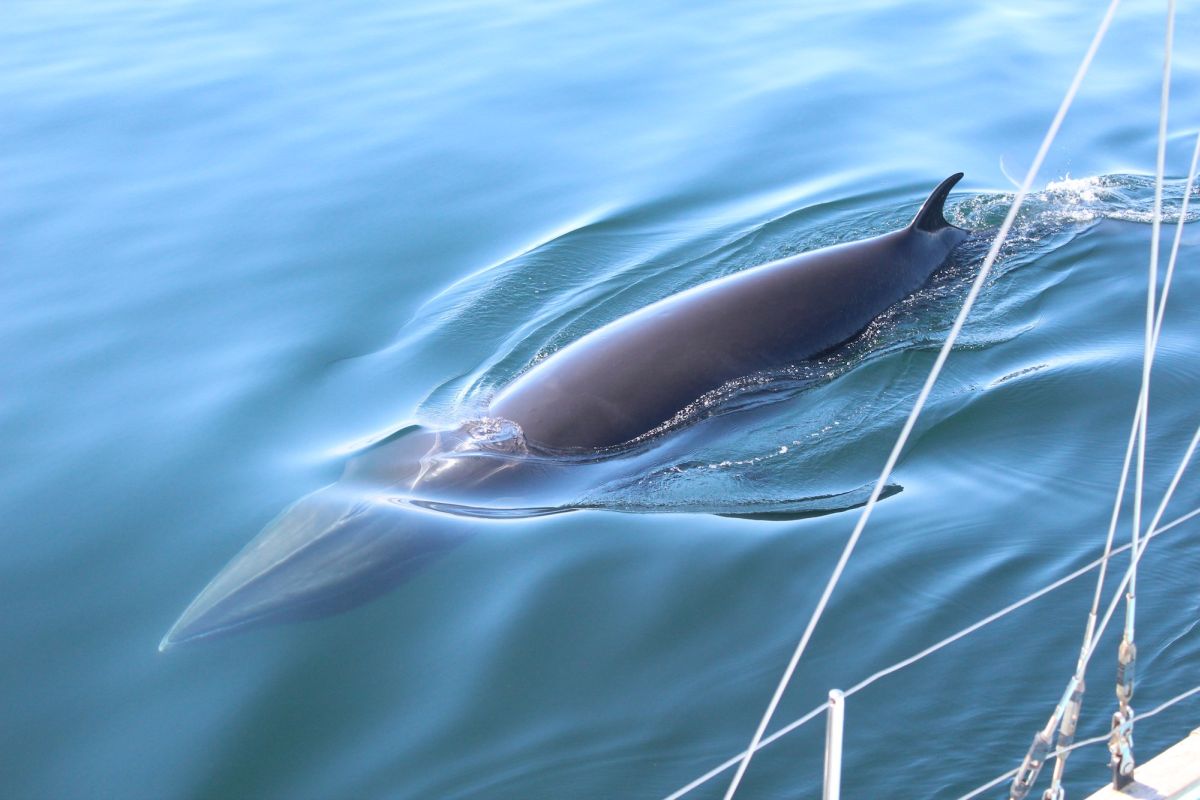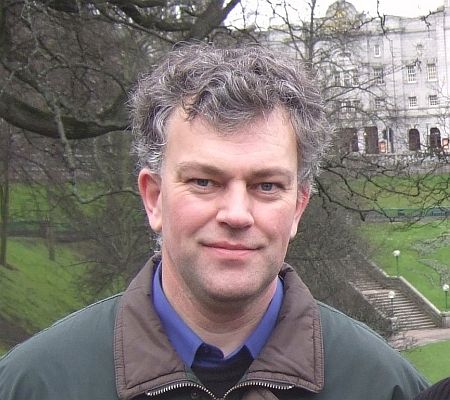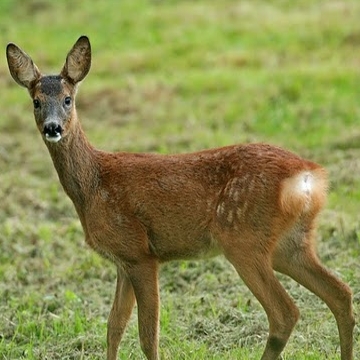 With thanks to Suzanne Kelly.
With thanks to Suzanne Kelly.
Aberdeen City’s officers and the Liberal Democrats pushed for the so-called ‘Tree For Every Citizen’ scheme in 2012.
A Council officer promised the scheme was going to be cost neutral, and would have income. A herd of roe deer was veritably wiped out in a move 80% of the citizens objected to. How’s the scheme actually doing three and a half years later?
Despite the desperate claims of the city, the scheme is teetering on the brink of complete failure, witnessed by photographs and Forestry Commission documents.
More penalties possible?:
A Freedom of Information request saw the Forestry Commission releasing a report from 2014 which listed a catalogue of failings, and warned that the city might have to pay penalties if remedial actions were not carried out, which included weeding. These photographs were taken in early October at different points on the hill. Clearly, the weeds are winning over the trees.
Some of these documents, photos of the weeds smothering the trees, and the city’s figures from April on road accidents can be found here.
The city pressed ahead with the scheme despite having earlier paid a penalty of £43,800 for the failure of Phase 1 of the scheme on the hill.
Forestry Commission reporting advises that it is unlikely a large scale planting on Tullos Hill would succeed. The hill was used for industrial and domestic dumping for many years, but had supported deer, small mammals, birds and a variety of wildflowers.
A councillor had attempted to keep the hill as a meadow (meadowland is considered the fastest-disappearing type of green space) – but this was turned down by the officer supporting the TFEC scheme, on the grounds that it would be more expensive to enhance the existing meadow than to plant the trees.
Far from being cost neutral, the scheme has cost several hundred thousand pounds to date. With the potential for further penalties, the city is still pressing ahead with the scheme, which may require further animal culls, and further herbicide use.
To avoid penalties, the Forestry Commission wrote to Aberdeen City:
“All areas to be stocked to the minimum density as required by the model chosen. There is no allowance for over stocked areas to compensate for any areas where stocking does not meet the specification. The species found must match the species detailed on the map
- All required weeding to be up to date and effectively controlling all weedspecies
- Healthy and viable trees.”
Robust figures?:
The pressure group was meant to have the complete and accurate accounts sent to it covering all costs for the Tree For Every Citizen Scheme. It was immediately apparent that there was data missing. Not all known costs appeared on the spreadsheets released by the City (Aberdeen took over 5 months to deliver information which is held electronically).
The £43,800 penalty from the previous failure was missing, as were some costs identified in a previous freedom of information request. Some of the entries, totalling thousands of pounds are marked ‘unknown’ in the description column. Kelly is still awaiting answers to detailed questions put to the city. Even so, hundreds of thousands of pounds have been spent on the Tullos Hill scheme, with the consultant, Chris Piper, receiving a five figure sum for his work and expenses.
Campaign Group’s Reaction:
Suzanne Kelly, a campaigner with the Save The Tullos Hill Deer Group said:
“Common sense has left the building, and anyone with eyes can see the weeds tower over the trees. The Forestry Commission report lists a catalogue of problems with the planting – lack of growth, lack of density, weeds, rabbit browsing, but funnily enough the spreadsheet doesn’t make mention of deer browsing, but the cover letter does. I’ve not seen a single tree guard knocked over as if browsed by deer.
“What I have seen on my frequent visits is weeds towering over the vast majority of trees. Residents and community councils were over ruled by the city on this one, and as a result we’ve incurred hundreds of thousands of pounds in costs, and are probably looking at further penalties. I do not understand how the officer who insisted that this scheme was cost neutral is not held to account for the dismal state of the finances and the dismal state of the trees.
“We had deer and a meadow. We now have a small number of trees that grew taller than the weeds – and per an earlier Forestry Commission report, the soil matrix is so poor they are likely to topple in strong winds. This was a waste of time, money and was done at the expense of existing wildlife. I’d be ashamed to be the consultant who earned over £100,000 for this scheme, or the officers who pushed it on an unwilling public.
“We are now told that deer account for an accident on the roads per week. However, repeated requests for that raw data are met with silence. The data I did see from the city in April was flawed in that it contained two incidents outwith the city, and included a deer found in a nature reserve car park.
“As to the promised income? A recent Freedom of Information request says we might get some small income – if the trees grow – in 75 to 100 years. Someone should be losing their job over this in my opinion.”
In case anyone still thinks that the city actually cares about wildlife and biodiversity, the huge swathes of greenbelt given over for development puts paid to that.
So to do the comments made by Peter Leonard. In his report to the Housing commission Leonard wrote about engaging with landowners over deer management.
However, in an exchange with Suzanne Kelly, she wrote:
“There will be further animal deaths on the road – not least because of the development of wildlife habitat at Loirston Loch. As far as I can learn, absolutely no provision has been made for deer or small mammals to be relocated.”
Leonard’s reply was:
“This will be for the developer to answer.”
This hardly echoes the newly-found concern for the safety of motorists or wildlife.
- Comments enabled – see comments box below. Note, all comments will be moderated.
[Aberdeen Voice accepts and welcomes contributions from all sides/angles pertaining to any issue. Views and opinions expressed in any article are entirely those of the writer/contributor, and inclusion in our publication does not constitute support or endorsement of these by Aberdeen Voice as an organisation or any of its team members.]
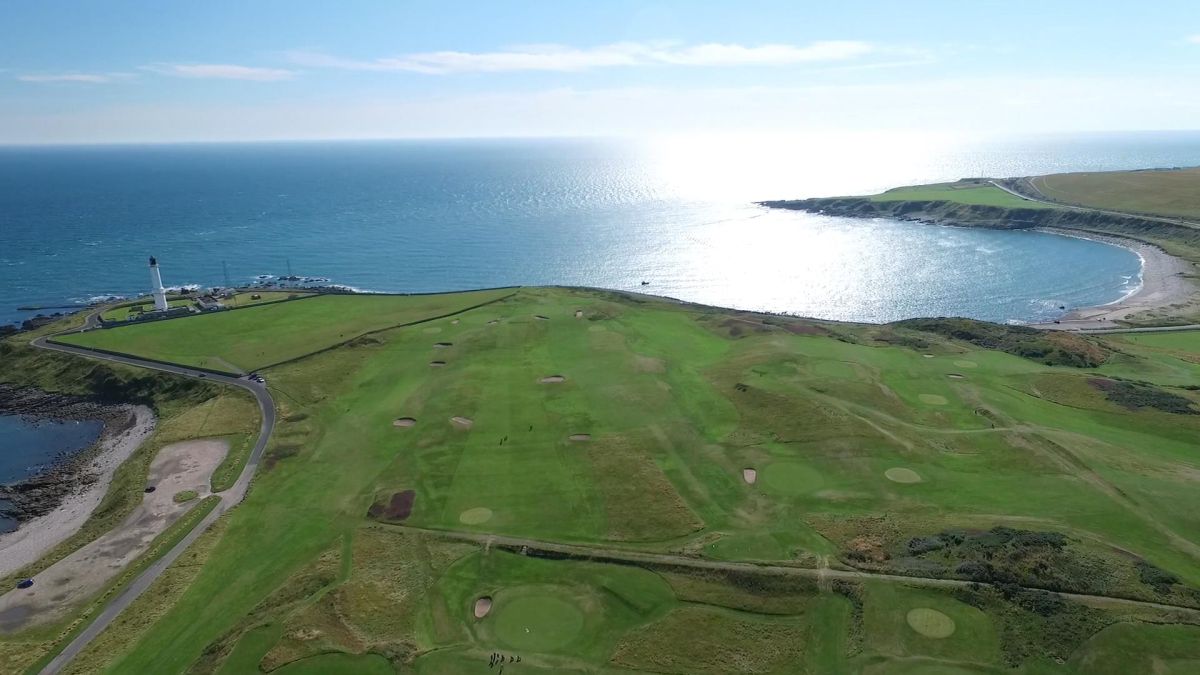 The Battle for the Bay of Nigg Committee have issued the following statement.
The Battle for the Bay of Nigg Committee have issued the following statement.


